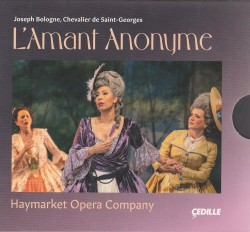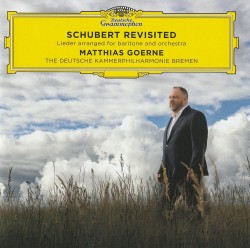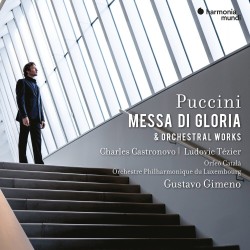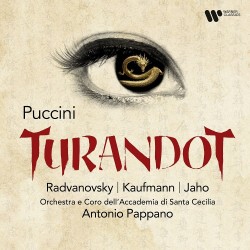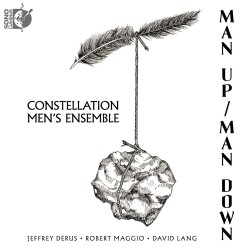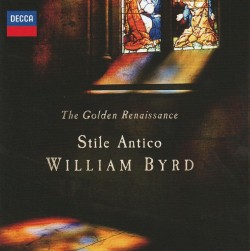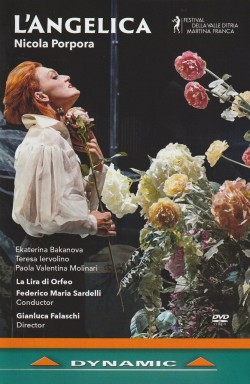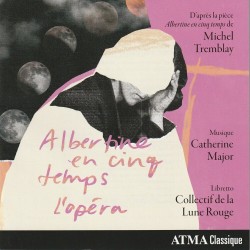Handel – Semele - Soloists; NZ Opera; Peter Walls
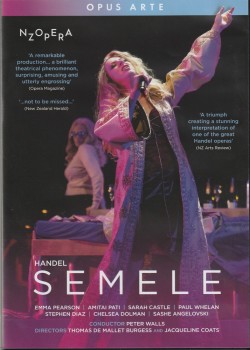 Handel – Semele
Handel – Semele
Soloists; NZ Opera; Peter Walls
Opus Arte OA1362D (naxos.com/CatalogueDetail/?id=OA1362D)
Disguise is the elaborate subtext of Semele. Indeed, the same might be said of the work itself for it is an Italian opera masquerading as an English oratorio. Gone is Handel’s Biblical subject matter. In its place is the decidedly secular fable from Ovid’s Metamorphoses with a libretto by the dramatist William Congreve.
The beautiful mortal, Semele, becomes the lover of the god Jupiter, which panders to her overweening vanity. Jupiter’s jealous wife, Juno, seeking revenge, appears to Semele in disguise and easily persuades her that she too could become immortal, and so Semele asks Jupiter to reveal himself to her in his full glory. Unfortunately, he does just that and Semele is destroyed by his burning brightness. End of story. The moral? “Be careful what you wish for.”
This was exactly what happened to Handel, who anticipated – indeed expected – a glorious reception for Semele when it was premiered during the Lent of February 1744, in Covent Garden. The audience was unimpressed. In the memorable words of Winton Dean: “where they expected wholesome Lenten bread, they received a glittering stone dug from the ruins of Greek mythology.” Handel’s most secular opera, however, stayed alive thanks to Jupiter’s Act II aria, Where’re you walk.
Emma Pearson (Semele), Amitai Pati (Jupiter/Apollo), Sarah Castle (Juno/Ino) and Paul Whelan (Cadmus/Somnus) brilliantly perform Handel’s opera around the iconic church altar marriage setting, propelling this New Zealand Opera production into the stratosphere where Semele rightfully belongs.


